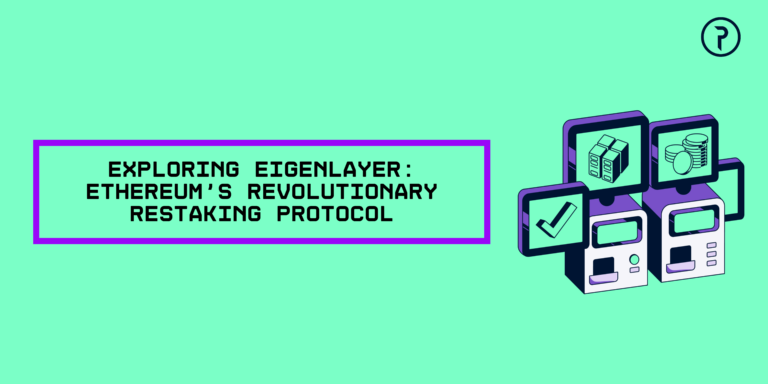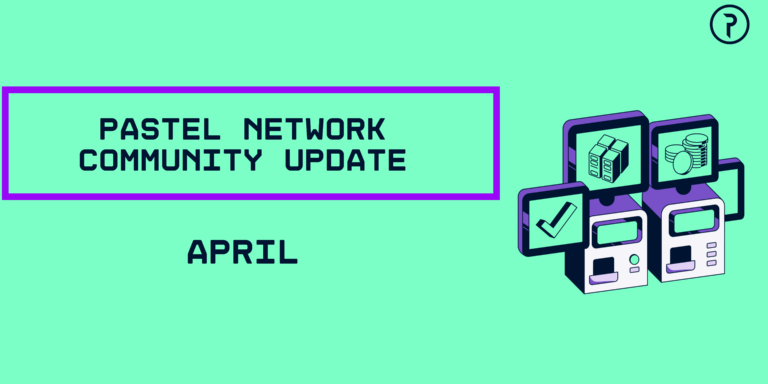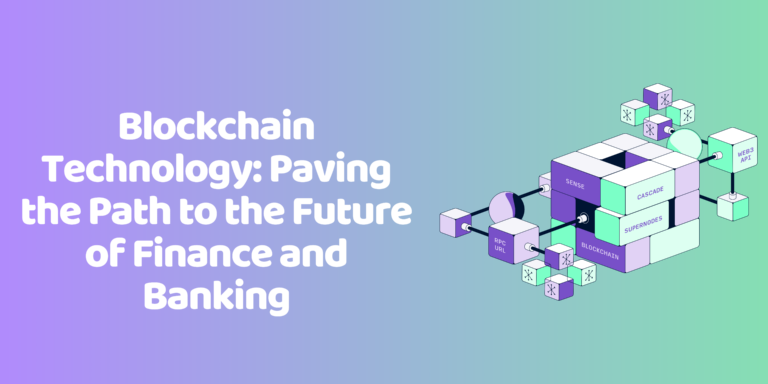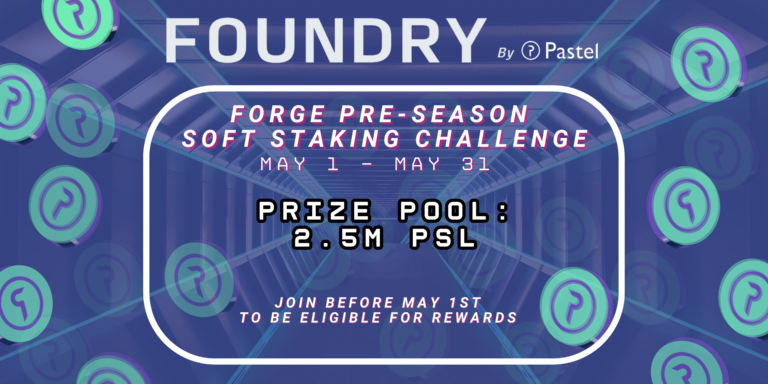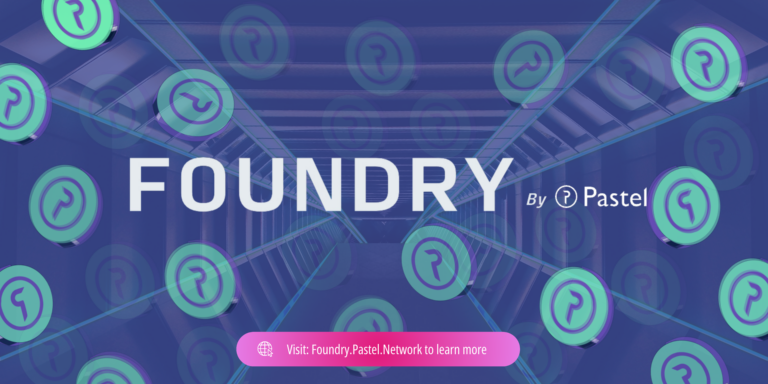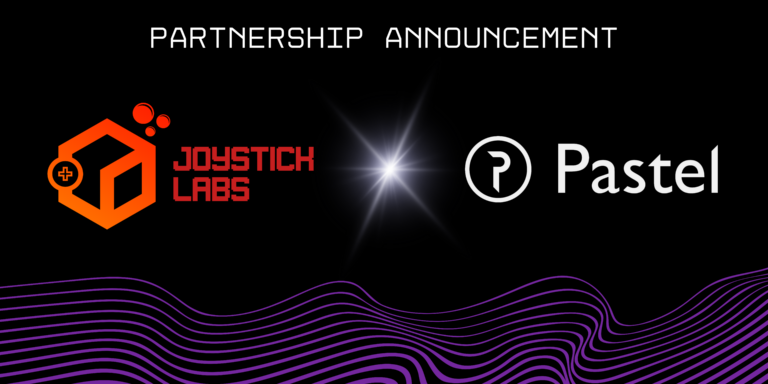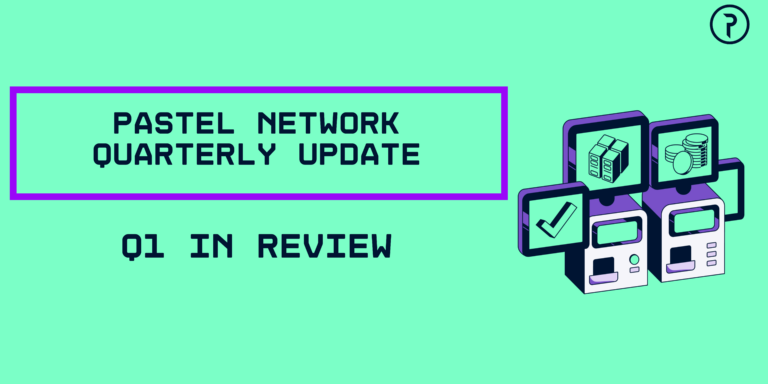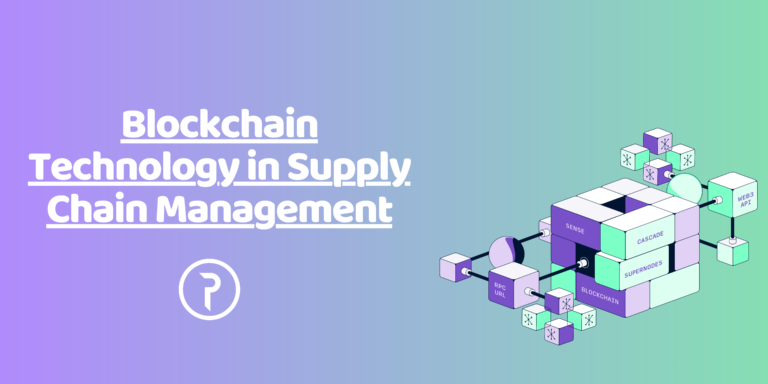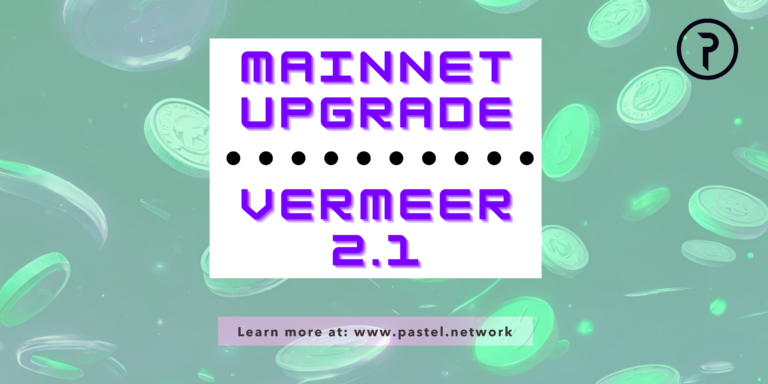Blog
Get the latest news:
Exploring Eigenlayer: Ethereum’s Revolutionary Restaking Protocol
Ethereum underwent a significant transformation with the Shapella update on April 12, 2023, introducing novel concepts in the form of...
April 2024 Community Update
April marked another great month for Pastel with notables progress in business development, growth of the community through the introduction...
Blockchain Technology: Paving the Path to the Future of Finance and Banking
The financial and banking sector has long been a cornerstone of the global economy, providing essential services such as payments,...
FORGE Pre-Season Soft Staking Rewards Challenge
Boost Your Earnings by holding PSL Tokens! Join us from May 1st to May 31st for the FORGE Pre-Season Staking...
Welcome to Pastel Foundry: Your Gateway to the Pastel Community
We are thrilled to launch the Pastel Foundry, a dynamic community hub tailored for enthusiasts of the Pastel Network 🚀....
Joystick Labs Partners with Pastel Network to Integrate Cascade: A Game-Changer for Streamers and Viewers
We are thrilled to announce a groundbreaking partnership between Pastel Network and Joystick Labs. This collaboration aims to revolutionize the...
Q1 2024 Update & Q2 Look Ahead
Q1 2024: A Journey of Ambition and Achievement In Q1 of 2024, Pastel Network embarked on an ambitious journey, marked...
Unlocking a New Era: Token Gated Access with Blockchain Technology
The concept of exclusive access has always held a certain allure. Whether it's an invitation-only event, a members-only club, or...
Blockchain Technology in Supply Chain Management
Supply chain management (SCM) is a vital aspect of businesses, encompassing the control and coordination of various activities involved in...
A New Era for Pastel Network: The Vermeer Mainnet Release
As blockchain and Web3 technologies continue to advance, we are excited to introduce Vermeer Mainnet Release 2.1, a pioneering upgrade...
